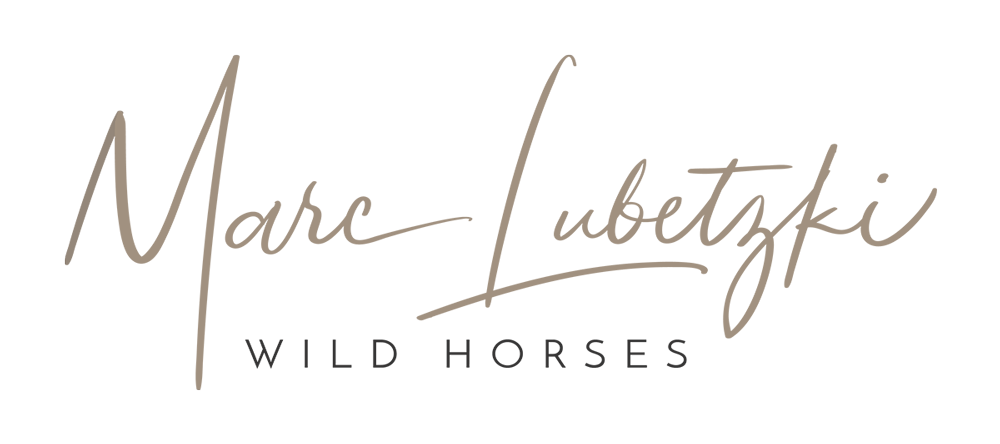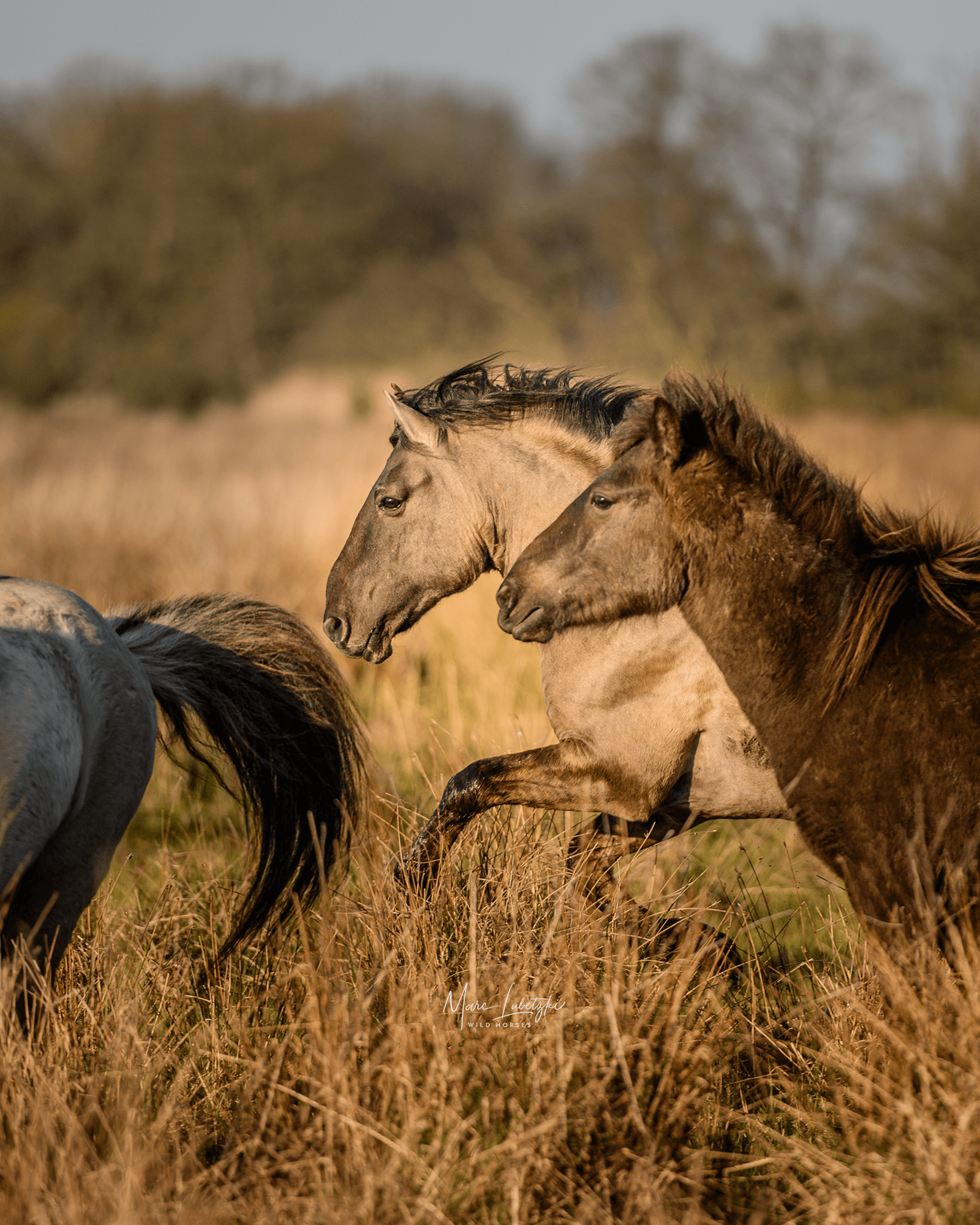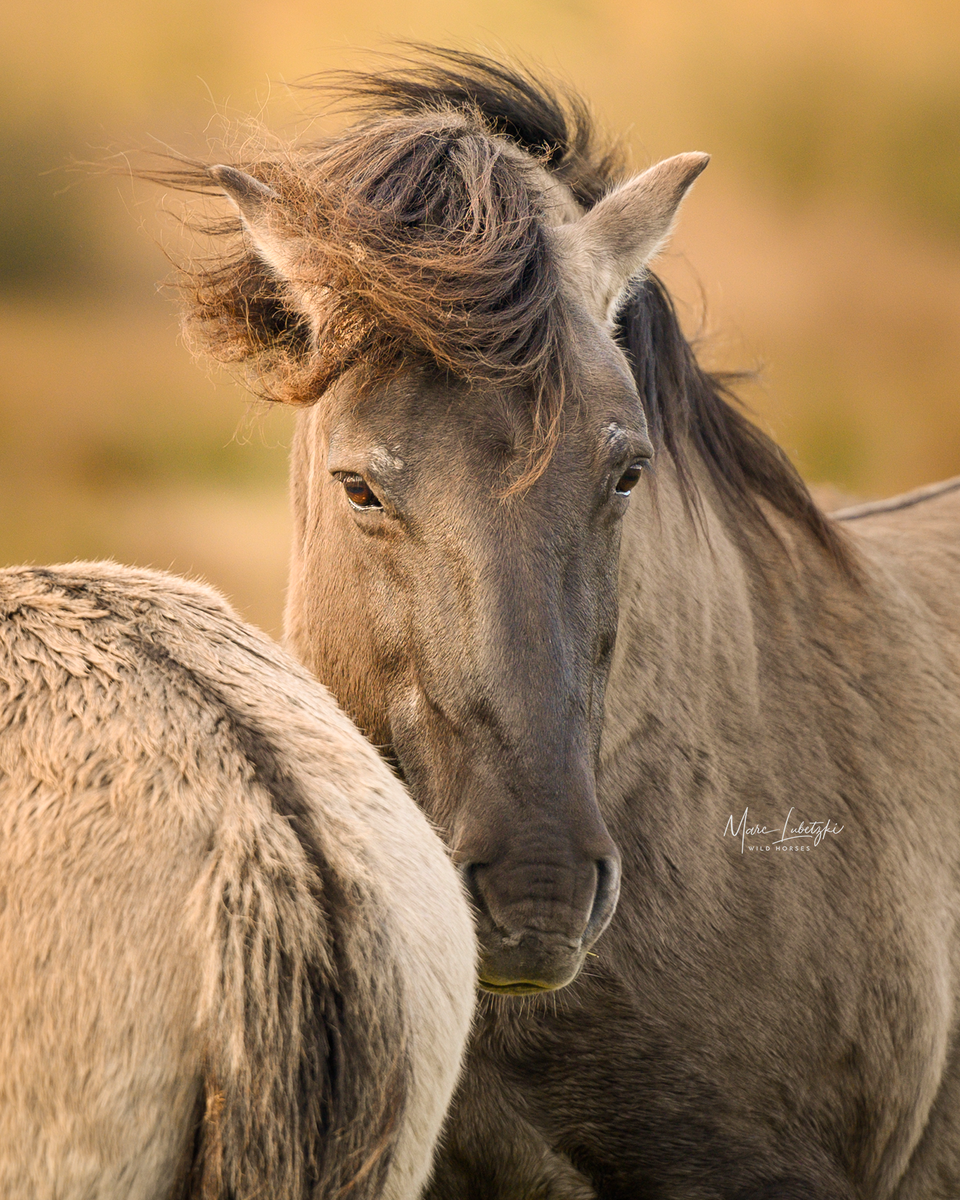How you can read the hierarchy in rituals.
The herd is grazing peacefully, there is no hierarchy visible at the moment. The first rays of sunshine announce the new day, as a stallion from another herd slowly approaches the harem.
Of course, this stallion is not really a stranger to them. All horses who live together in one area know each other. Still, the herds typically keep a distance from each other. This morning, however, the foreign stallion gets much closer to the big herd than acceptable to the senior stallion.
The stallion approaching is by no means alone. He already founded his own herd a few years ago. By now he is 8 years old. What is his intention today? Does he want to question the hierarchy existing between him and the other 20-year-old senior stallion?
What does hierarchy mean for horses
The pecking order between different herds in a herd association is subject to a fixed hierarchy, determined among the senior stallions.
In case of an escape or an attack, the fixed pecking order/ the hierarchy helps the horses organize the tasks and structures in the herd association within seconds.
Newsletter
Subscribe to our newsletter to stay up to date!
Sham battles of the senior stallions
The bog soil under my feet vibrates when the two stallions meet.
The old stallion slows down and lifts his forehand slightly off the ground only when being very close to the intruder. His opponent, however, rises into the sky almost as straight as a pin. At the same time, his hooves shoot out forward.
His imposing appearance seems to be the expression of superiority. But this is not how we can see this situation at all.
The truth is: This encounter shows us that the older senior stallion is far superior in hierarchy. The old one stands on a lower level and longer on his hind legs. This demonstrates his strength and stamina.
For the stallions this fixed ritual is a great advantage. They do not need to fight against each other to measure their strength. As a matter of fact, the stallions do not even touch each other in this form of encounter.
So this meeting was not a serious fight - even it looked like. The ritual only serves to confirm the pecking order and hierarchy. This order has remained unchanged for many years and ensures a stable structure in the herd association.
The described "conversation" between the two stallions does not last long. Both turn around shortly after their meeting and return to their herds.
No hierarchy in the herd
Back in the herd. Here we can find no fixed hierarchy. The herd is led by experienced horses, but not in every situation is it the senior stallion who takes the lead. The change of leadership within the herd is very obvious when moving to a new area or when a foal is born.
Newsletter
Subscribe to our newsletter to stay up to date






